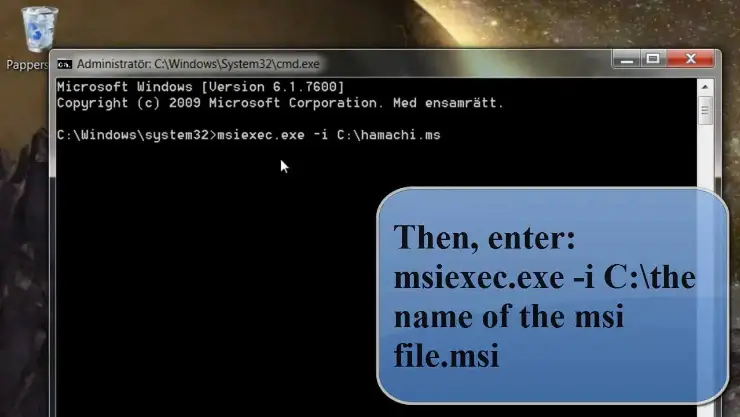

Command-Line Syntax Key
- Products ' />Enterprise ArchitectWhat is new in v15.2What was new in v15.1What was new in v15OverviewProfessionalCorporateUnifiedUltimateCompare EditionsFree TrialRegistered DownloadsAdditional InfoPro Cloud ServerWhat is new in v4.2What was new in v4.1What was new in v4OverviewWebEAIntegrationsFloating License ServerCompare EditionsFree TrialDownloadsAdditional InfoProlaborateWhat's new in 3.4OverviewIntroductionResourcesArticlesDocumentationRelease NotesFAQEventsVideos Free TrialAdditional Info
- Pricing ' />
- Support '/>ForumUser Guide / HelpContact UsResellersSparx ServicesTrainers/Consultants
- Resources ' />
- Download Now ' />
Msiexec.exe Command-Line Options
CrossOver works similarly to Wine on Chrome OS, but it takes more of a hands-on approach in walking you through installing applications. When you open the app, you can search for specific Windows software and it will walk you through installing them. It will search for the appropriate installation files and even download them for you in most cases.
Crossover Install Msi Files


- I have Crossover to install.exe files or.msi - if only a.dll Plug, u can put.dll simple in a various Folder on Mac - if u have used one times crossover for Plug you should choose only crossover as the plugin-path, because u can´t switch the path.
- Set SETTINGS Advance Windows to Windows 10 WHQL, press F10 key to save and exit. Install Windows. Restart computer, when MSI logo appears continuously knock F11 key to enter boot menu, select USB booting mode, press ENTER key to enter the USB disk. (Take USB as the example.
- Install-crossover for the location selected in the Home, not in the root.to run the file 'msi' = click the right mouse button, select Open With Other.
- Launch Crossover by double-clicking on the Crossover icon in your Applications folder. Click the Install a Windows Application button. Select Other Application under the Unsupported Applications.